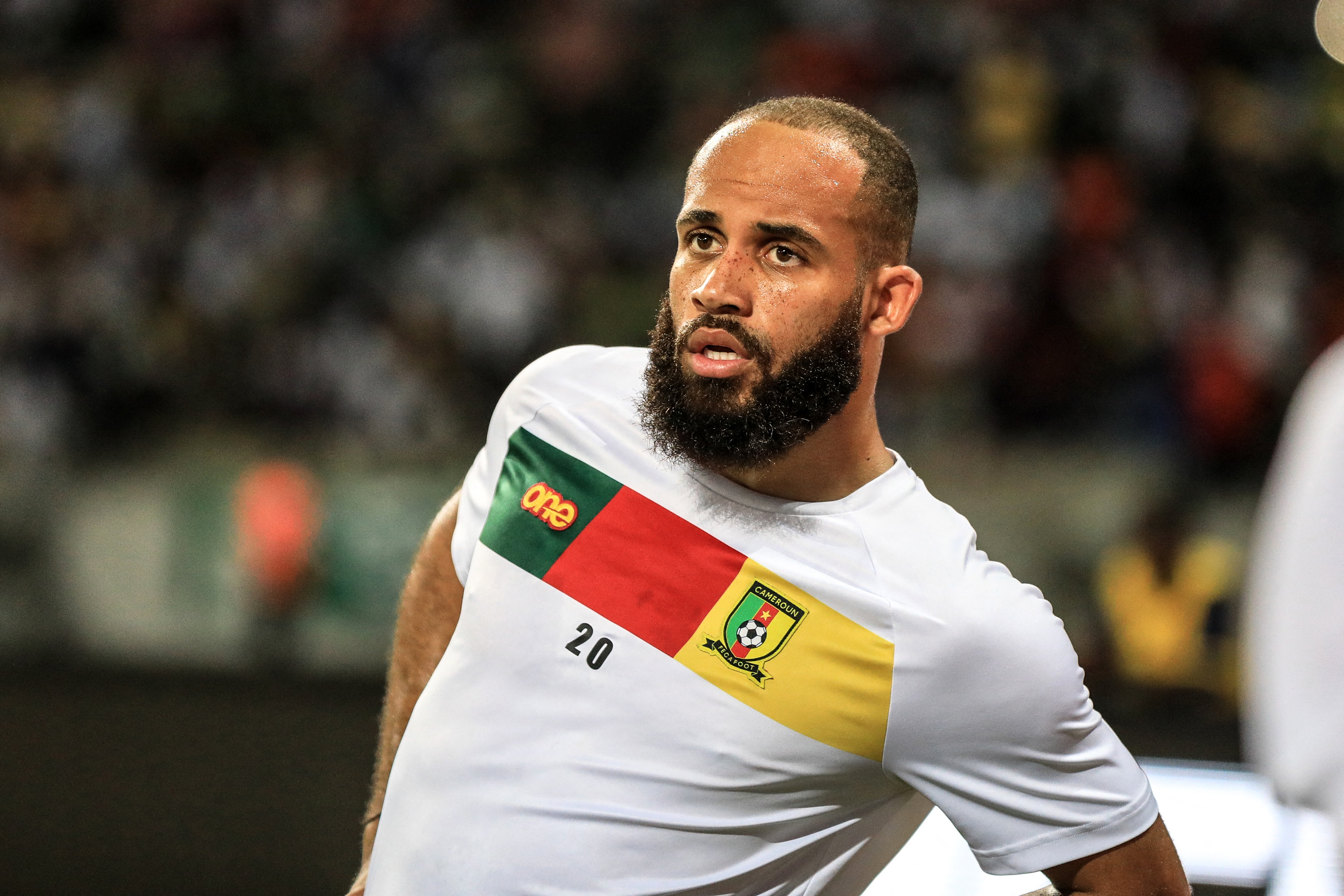The three phases of Arsene: How Wenger's approach to transfers has changed down the years
As Arsenal fans grow increasingly frustrated with their minimal business this summer, Chas Newkey-Burden examines the Frenchman's changing attitude to putting his hand in his pocket...
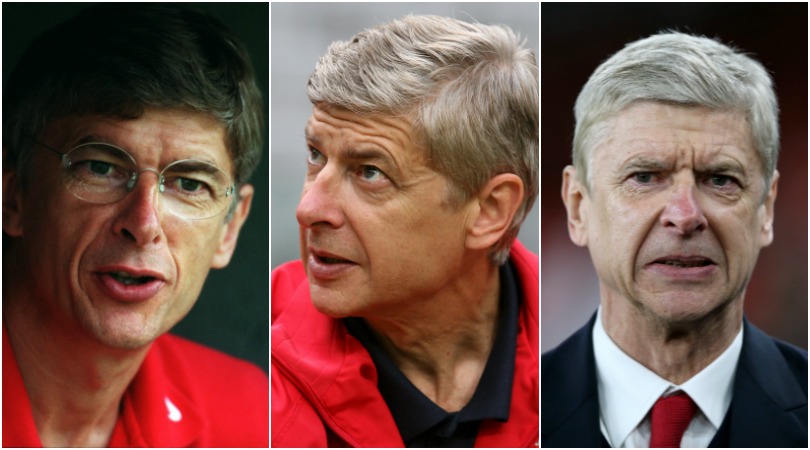
It's a scene that would shock present-day Arsenal fans. Standing in front of the media, Arsene Wenger proudly lined up the players he'd bought over the summer - all eight of them.
All eight of them! The new arrivals in 1997 covered almost every position on the field, and among them was a bona fide superstar in Marc Overmars and a future World Cup-winner in Emmanuel Petit.
That was 19 years ago, but it feels even longer for most Gunners supporters. As the now-annual wailing and gnashing over Wenger's lack of activity in the market intensifies, it's easy to forget that the Frenchman was once a keen consumer.
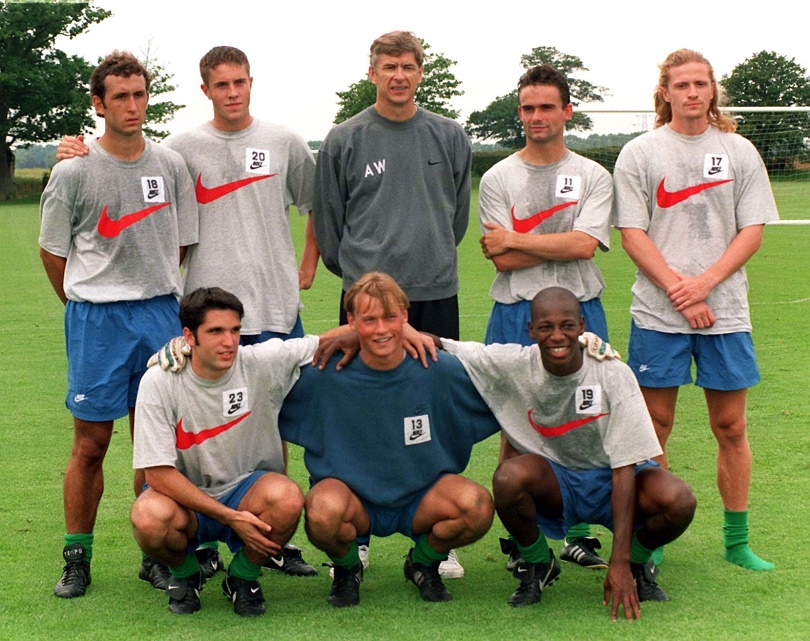
That period of his Arsenal career lasted for around 10 years and was followed by two other distinct approaches to the transfer window.
The happy shopper (1996-2006)
He continued to splash the cash in subsequent summers, signing Thierry Henry, Davor Suker and Silvinho in 1999 before capturing six new charges - among them Edu, Robert Pires and Sylvain Wiltord - 12 months later
Wenger was generally busy in this era. After those eight new faces helped him grab the domestic double in his first full season in north London, the former Monaco boss added Freddie Ljungberg and Nwankwo Kanu to his squad, as well as chasing one of Europe's most gifted strikers in Patrick Kluivert.
He continued to splash the cash in subsequent summers, signing Thierry Henry, Davor Suker and Silvinho in 1999 before capturing six new charges - among them Edu, Robert Pires and Sylvain Wiltord - 12 months later.
The best features, fun and footballing quizzes, straight to your inbox every week.
Sol Campbell, Giovanni van Bronckhorst and Richard Wright arrived at Highbury in 2001, as did Gilberto Silva, Jens Lehmann, Jose Antonio Reyes and Robin van Persie in the following years.
This much-missed period was bookended by the 2005/06 campaign, when the club prepared to move home. Wenger acquired Alex Hleb, Theo Walcott and Emmanuel Adebayor that year, but it proved to be the end of his relatively lavish and bold days.

Arsenal unveil Walcott in 2006
The poundland years (2006-2013)
Arsenal fans did their best to smile with courteous optimism when Denilson, Nicklas Bendtner and Mikael Silvestre were unveiled, before heading to Google with trembling hands as Marouane Chamakh and Amaury Bischoff arrived in north London
Wenger went all George Osborne from 2006 onwards, with Arsenal needing to balance the books in the wake of the move to the Emirates Stadium. Living within the club's means became the mantra, and cut-price players began to take centre stage.
Arsenal fans did their best to smile with courteous optimism when Denilson, Nicklas Bendtner and Mikael Silvestre were unveiled, before heading to Google with trembling hands as Marouane Chamakh and Amaury Bischoff arrived in north London.
The Gunners did make the odd splurge during this time: Samir Nasri and Andrei Arshavin cost a combined £40 million, and Thomas Vermalen didn't come cheap either. But who exactly was Sebastien Squillaci? And why?
The cost of building a new ground was the main reason behind Wenger's new-found austerity, but another factor loomed large: the sacking of David Dein - which saw him, unbelievably, frogmarched out of the club he'd served with such distrinction by security - ruined the club's approach to transfers.
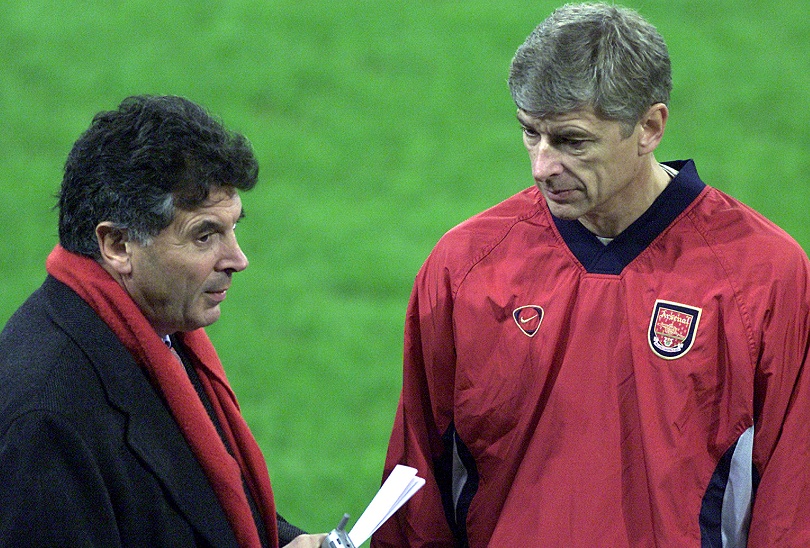
Dein had been Wenger's able ally in the market, the silver-tongued vice-chairman able to successfully network with the game's top agents. As the Frenchman himself put it: "David did my dirty work for me."
Dein also continually reminded the board of the importance of investment and geed up the naturally cautious Wenger to push deals over the line. His absence continues to be felt to this day.
So near, so far (2013-?)
Then the Frenchman really dag deeper, bringing in A-list stars Mesut Ozil, Alexis Sanchez and Petr Cech in 2013, 2014 and 2015 respectively
The first hint of another new chapter came in the summer of 2012, when Wenger bought Lukas Podolski, Olivier Giroud and Santi Cazorla - a trio of players of a different class to the general fare of the previous period.
Then the Frenchman really dug deeper, bringing in A-list stars Mesut Ozil, Alexis Sanchez and Petr Cech in 2013, 2014 and 2015 respectively. Still Arsenal supporters remained disgruntled, though, largely because of what Wenger didn't do. In each of those summers, the priority should have been a top-quality centre-forward and a natural defensive midfielder, while a new centre-back wouldn’t have gone amiss either. Yet each time, Wenger stopped short of such squad-completing signings.
So what of 2016/17? We'll find out in the weeks ahead whether Granit Xhaka was the beginning or the end of Arsenal's significant summer business, although it's already quite telling that both Wenger and chief executive Ivan Gazidis have recently moved to manage expectations.
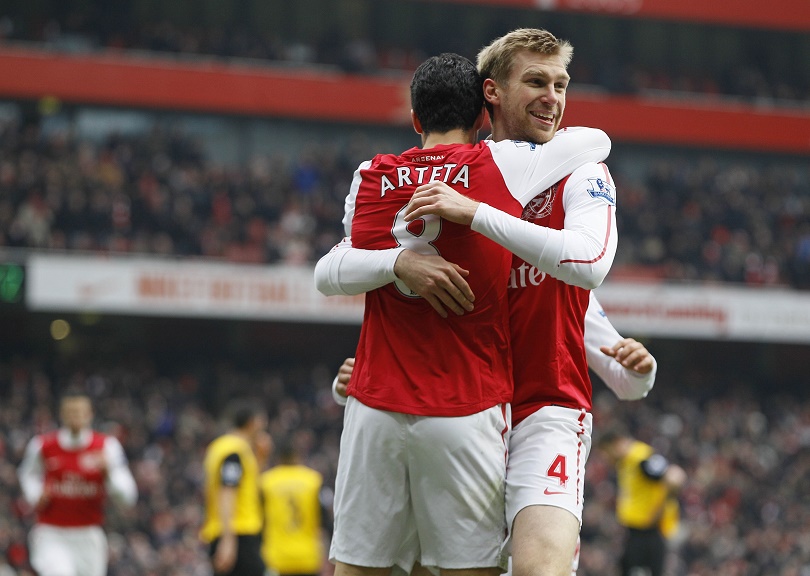
The Gunners begin the new campaign with tricky fixtures against Liverpool and Leicester, which could see Wenger emulate the 'anomaly summer' of 2011. That year, following an 8-2 thumping at the hands of Manchester United at the end of August, the Arsenal boss went on an ignominous panic shop, hastily throwing Per Mertesacker, Mikel Arteta and Andre Santos into his trolly while checking his watch every couple of minutes.
Are Arsenal a couple of dodgy results away from another frantic supermarket sweep? Or now that the club has, by its own admission, more than £100m to spend, might Wenger change tack over the coming weeks and return to his initial approach to transfers to give his side a fighting chance of success this season?
Spending time?
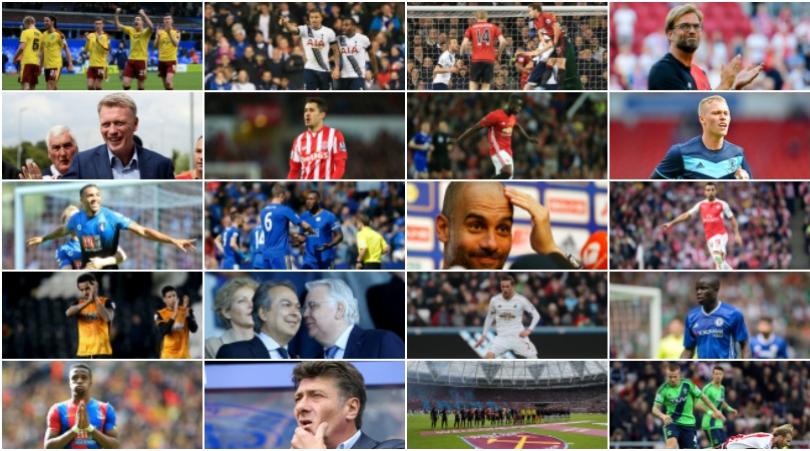
Analysed! Your club's biggest strength and weakness going into 2016/17
19 of the best Zlatan Ibrahimovic quotes: The world according to Manchester United's new boy
In a league featuring Pep Guardiola, Jose Mourinho, Antonio Conte, Mauricio Pochettino and Jurgen Klopp, it wouldn't be a crime if Arsenal failed to win the league this term - provided they give themselves every chance of triumphing by assembling the best squad possible.
The understandable fear of Arsenal fans, however, is that Wenger won't assemble such a group. The oft-repeated mantra that there are no upgrades available at striker or centre-half is exasperating; quality is always available but managers must be determined, domineering and daring to get it.
For Wenger, the clock is ticking, and the recent injury to Gabriel Paulista has left Arsenal knee-tremblingly short at the back ahead of Sunday's opener against Liverpool. One wonders whether, in the coming days and weeks, the 66-year-old will wish he’d taken more of a 1997 approach to this summer.
